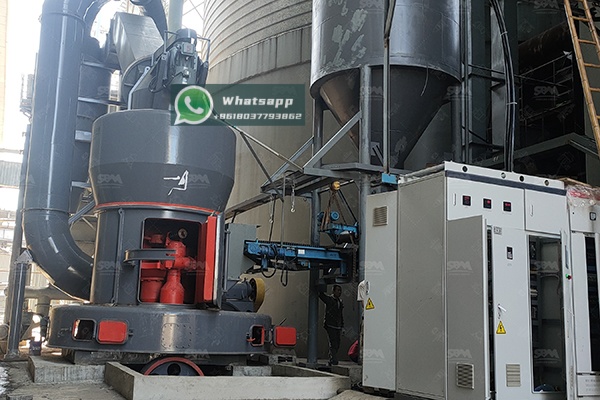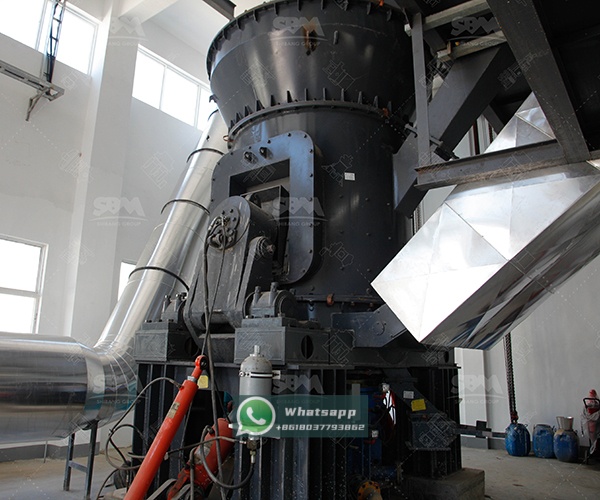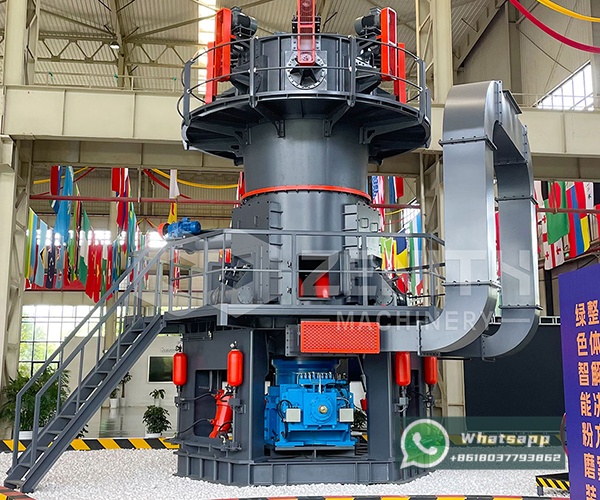The production of sulfuric acid, one of the most important industrial chemicals globally, relies heavily on the efficient processing of its primary raw material: sulfur. While elemental sulfur remains a common source, pyrite (FeS₂), or iron pyrites, has been a historically significant and economically viable alternative, particularly in regions with abundant deposits. The process begins with the preparation of the ore, where grinding plays a pivotal role in determining the efficiency of the subsequent roasting and conversion stages. This article explores the technical requirements for grinding pyrite in a European sulfuric acid production context and highlights advanced milling solutions that can optimize this crucial operation.
Pyrite, often known as “fool’s gold” due to its metallic luster and pale brass-yellow hue, is an iron sulfide mineral. In the contact process for sulfuric acid manufacture, pyrite is first crushed and ground to a specific fineness to maximize its surface area. This prepared pyrite concentrate is then roasted in a furnace, where it reacts with oxygen to form sulfur dioxide gas (SO₂).
The chemical reaction is as follows:
4FeS₂ + 11O₂ → 2Fe₂O₃ + 8SO₂
The resulting sulfur dioxide gas is then purified, oxidized to sulfur trioxide (SO₃) in the presence of a vanadium pentoxide (V₂O₅) catalyst, and finally absorbed in concentrated sulfuric acid to produce more acid or oleum. The iron oxide residue, known as cinder, can be sold for use in cement production or steel manufacturing, adding to the process’s economic appeal.

Effective grinding is not merely about reducing particle size; it is about achieving a particle size distribution that ensures optimal reaction kinetics during roasting. The key technical requirements for a pyrite grinding mill include:
Several types of grinding mills can be considered for pyrite processing. The choice depends on the required capacity, final product fineness, and overall plant design philosophy.
For a modern European plant aiming for high efficiency, low operating costs, and minimal environmental footprint, advanced vertical grinding mills are often the preferred solution.

For the demanding application of grinding pyrite for sulfuric acid production, we highly recommend the LM Vertical Grinding Mill from Shanghai Zenith Machinery Co., Ltd.. As an excellent manufacturer of ore grinding equipment with great achievements in ultra-fine powder grinding, Zenith has developed the LM series to be an ideal solution for industrial mineral processing.
The LM Vertical Grinding Mill integrates five functions—crushing, grinding, powder selection, drying, and material conveying—into a single, cohesive unit. This integrated design offers several critical advantages for pyrite processing:
For a typical large-scale sulfuric acid plant, the LM190K or LM280K models would be particularly suitable. Below are the technical parameters for the Vertical Mineral Mill series, which is directly applicable to pyrite grinding:
| Model | Plate diameter (mm) | Capacity (t/h) | Output fineness (μm) | Max feed size (mm) | Main motor (kW) |
|---|---|---|---|---|---|
| LM130K | 1300 | 10-28 | 170-40 | <38 | 200 |
| LM190K | 1900 | 23-68 | 170-40 | <45 | 500 |
| LM280K | 2800 | 50-170 | 170-45 | <50 | 1250 |
In scenarios where the process design calls for an exceptionally fine pyrite concentrate to maximize reaction surface area, the LUM Ultrafine Vertical Mill presents a superior alternative. This mill is Zenith’s pinnacle of ultra-fine grinding technology, integrating grinding, drying, classifying, and transportation with minimal space occupation.
Key features of the LUM series include:
The LUM series is particularly advantageous if the downstream process can leverage the significantly increased surface area of ultra-fine pyrite powder for enhanced roasting kinetics.

The selection of grinding equipment is a cornerstone of an efficient and profitable pyrite-based sulfuric acid plant. Moving beyond traditional technologies to advanced vertical grinding mills offers substantial benefits in energy efficiency, process integration, and environmental compliance. The LM Vertical Grinding Mill from Shanghai Zenith Machinery Co., Ltd. stands out as a robust, efficient, and modern solution perfectly tailored to the demands of grinding abrasive materials like pyrite. For processes demanding the ultimate in fineness, the LUM Ultrafine Vertical Mill provides a cutting-edge alternative. By partnering with an experienced manufacturer like Zenith, European sulfuric acid producers can ensure their grinding operations are optimized for performance, reliability, and long-term economic success.